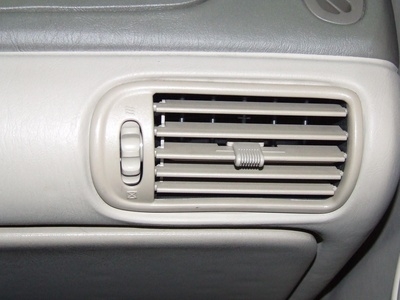
In the world of automotive air conditioning the Environmental Protection Agency (EPA) pays close attention to the Global Warming Potential (GWP) and its Ozone Depletion Potential (ODP). Every type of freon has some level of GWP and the EPA is trying to get that number as small as possible. That is why we have seen the freon added to cars changed from R12 and R22 to R134A and now the current change to R152A.
R12 freon is chemically known as dichlorodifluoromethane and commonly was sold as Freon 12 and carried a GWP of 8100. R12 was used in vehicles until EPA forced auto makers to change in 1994 due to the production halt in 1996. This halt was due to the fact that there was a suitable replacement, in R134A, that had a fraction of the GWP and ODP.
R22 is chemically known as Chlorodifluoromethane and was briefly used as a substitute in cars during the R12 era, but was eliminated as the temperature was drastically warmer. R22 was seen as a safer alternative to R12 as it had a GWP of only 1700 and an ODP of 0.05. R22 production ceased in 2003, but it is still available for sale until the supply is depleted.
R-134A is what is used in all vehicles after 1992. It is chemically known as tetrafluoroethane. This was the selected replacement as it had similar cooling properties and had a GWP of only 1300 and an ODP of 0. This means it has absolutely zero ozone-depleting potential. There has been some debate about its safety and Europe is actually in the process of phasing out R-134A as new regulations in 2011 require a GWP less than 150 in Europe.
R-152A is the most likely of replacements for R-134A. In recent studies it has shown a GWP of 120. It is also known as a "drop in" replacement for R-134A; this means that nearly no modifications are needed to replace the R-134A with R-152A. It has also shown to cool better as the temperature from the vents is a few degrees cooler than R-134A. It has also seen fuel economy improvements of 10 percent to 20 percent. The one drawback to R-152A is that it is a class 2 flammable gas.
HFO-1234yf is another likely replacement for R-134A. It is also a "drop in" replacement for R-134A and has similar cooling properties. It has a GWP of 4 so it fits well within Europe's new laws. The drawback to this replacement is that it is also a flammable gas, though not as much as R-152A.